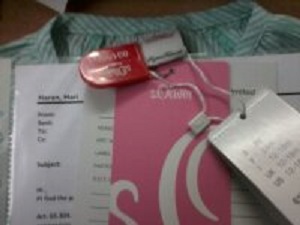Definition and types of sample

Sample is a product which represents a group of product or lot or batch, in order to assess their quality, style or design or any other characteristic of the product. Based on the samples, the buyer will give approval or comments for any alteration in design or style or quality. Samples will reflect the quality and workmanship of the exporter or manufacturer. Samples are made to make sure to get a desired style design or fit and good quality in the particular order. Samples may be made before start of the production or can be taken from the finished goods. For every order or style, separate samples are to be made. Samples help in to procure or get the orders from the buyer. In a particular order, samples are made at different stages to make sure that all parameters are maintained properly. A good sample will make good first impression to the buyer on the exporter or manufacturer. Special care should be taken while making the samples. Types In apparel m
